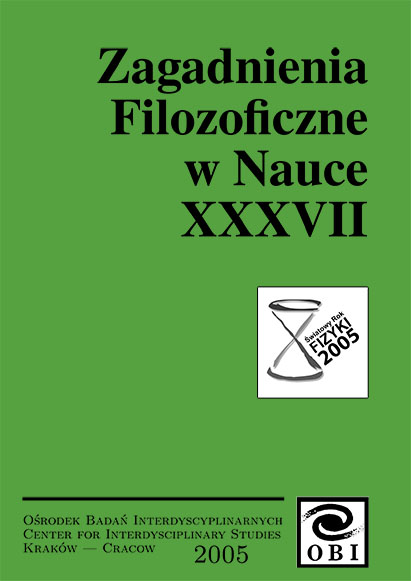On the conventional character of simultaneity in special relativity
Main Article Content
Abstract
To be able to determine the simultaneity of distant events, one has to make use of a convention. Einstein's famous definition of simultaneity, which sets e=1/2 , is a case of such a convention. The problem, dealt with in this paper, is to answer the question of whether the choice of such a convention is obligatory or not. The partisans of conventionality of simultaneity argue, that the standard synchronization procedure of clocks, based on the Einstein's definition, is not necessitated by facts concerning the physical universe, but can be replaced by any procedure originating from the definition of simultaneity, given 0 < e < 1. The present article contains some arguments in favor of, as well as against, the conventionality of simultaneity. Apart from Einstein's standard synchronization procedure, special attention is paid to Reichenbach's definition of simultaneity and Malament's theorem. Some attempts at giving an absolute definition of simultaneity are also presented. Finally, an argument from the rationality of the world is formulated.
Article Details
Issue
Section
Articles
How to Cite
Pabjan, T. (2005) “On the conventional character of simultaneity in special relativity”, Philosophical Problems in Science (Zagadnienia Filozoficzne w Nauce), (37), pp. 53–72. doi:10.59203/zfn.37.330.

